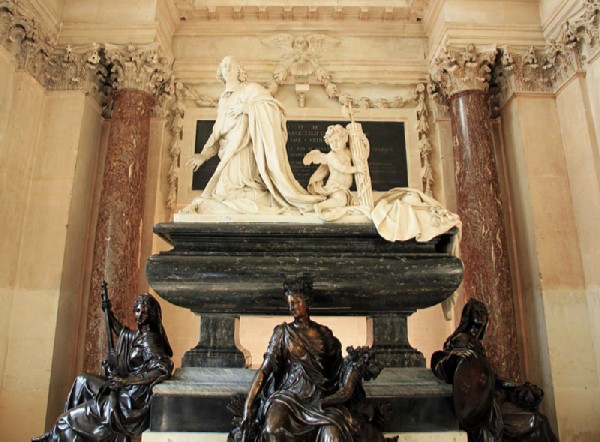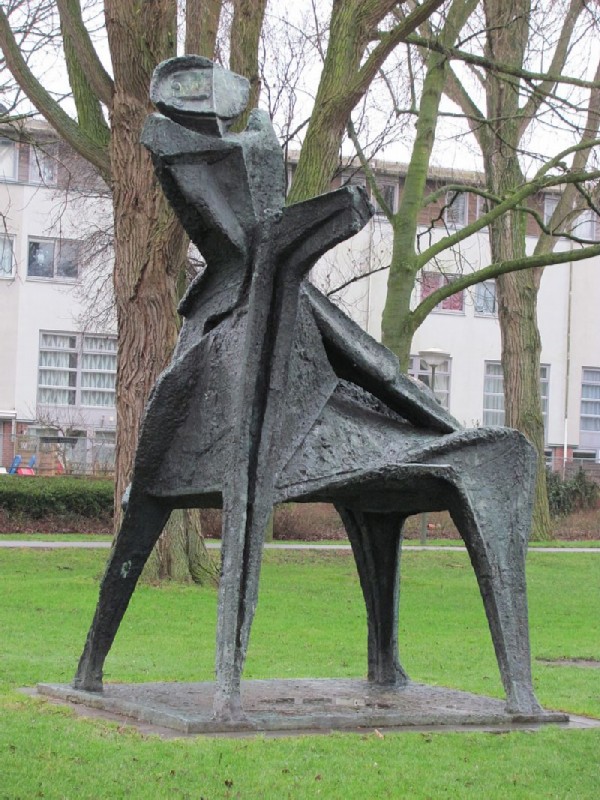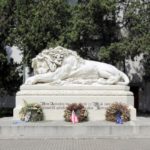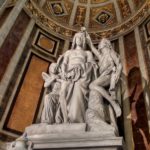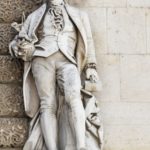Antoine Coisevox is a brilliant French portrait sculptor

Antoine Coisevox is a brilliant French portrait sculptor and creator of unique tombstones.
Antoine Coisevox is a famous French sculptor of the second half of the 17th – early 18th centuries, an outstanding representative of the Baroque style. He was famous for the manufacture of sculptural decorations of Versailles, tombstones and marble busts. The master’s work had a strong influence on subsequent generations of French sculptors.
Antoine Coisevox was also an outstanding mentor to young colleagues and spent more than 40 years teaching at the Royal Academy of Arts.

Biography
Antoine Coisevox was born in 1640 in Lyon to a carpenter’s family. From early childhood, the boy helped his father in the workshop, who taught his son the skillful processing of wood with a chisel. At the age of 17, Antoine went to Paris and got a job as an apprentice in the studio of the famous metropolitan sculptor Louis Lerambert. For ten years he worked under the guidance of an experienced mentor. He helped his teacher complete dozens of orders and gained valuable practical experience.
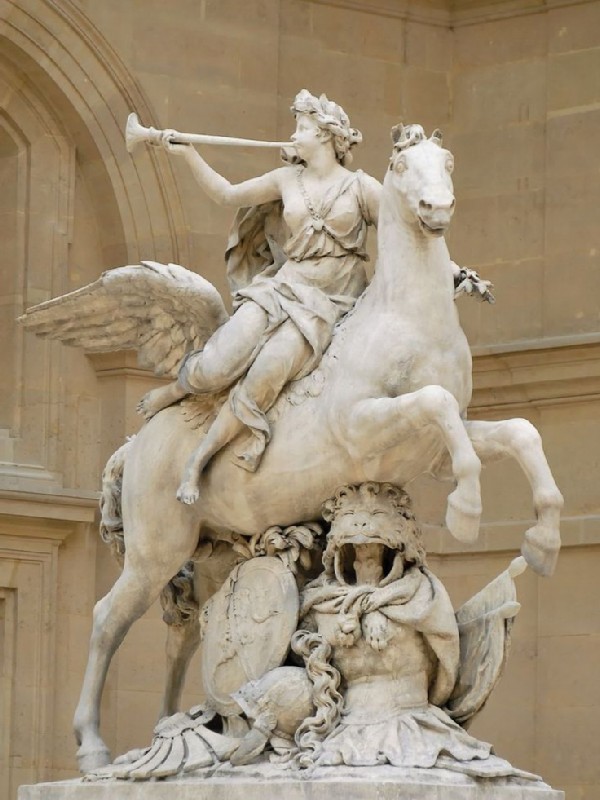
Cuasevox was Lerambert’s most talented student and quickly achieved significant success in his professional career. In 1667, he received his first personal order from the Bishop of Strasbourg to make sculptural decorations for the Savernet castle and left the master’s workshop. For the next four years, Coisevox lived in the east of France, creating statues and bas-reliefs for the luxurious residence of a prominent church figure, after which he returned to Paris.
By that time, Antoine had already gained fame as a very promising young artist. He was invited to join the team of sculptors working on the decoration of the renovated Palace of Versailles. For fourteen years, the master created marble sculptures in the antique style, many of which can still be found in the gardens and buildings of the ancient royal castle.

Busts
In addition to fulfilling an important royal commission, after returning to Paris, Coisevox also engaged in the manufacture of marble busts. Unlike most of his colleagues, he was able to very realistically embody all the facial features of clients in stone.
Dozens of beautiful bust images of French kings and prominent nobles have survived to this day. And for the bust of Charles Le Brun, Antoine Cuazevaux was especially noted by the leadership of the Royal Academy of Arts and became its full member in 1676. The famous artist served as a professor for 24 years and taught students. And in 1704 he was appointed director of a prestigious educational institution.
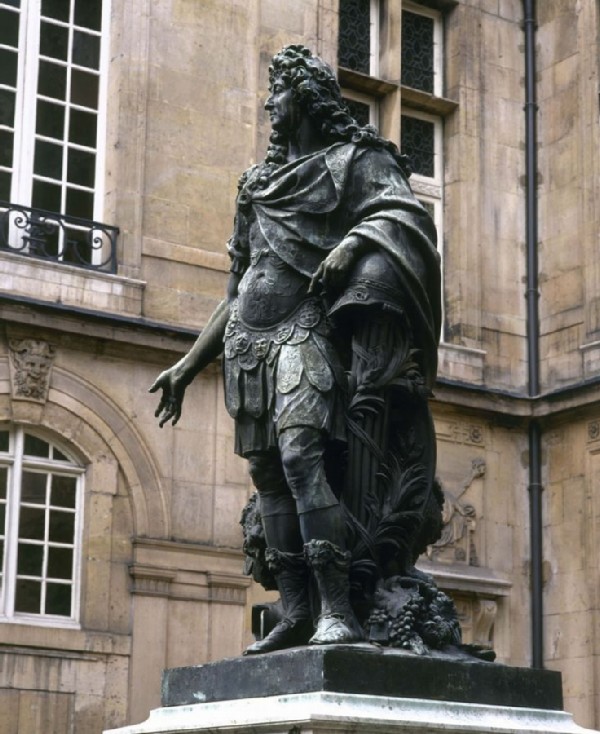
Cuasevox was incredibly efficient and managed to work on several orders at the same time. And by the end of the 17th century, the brilliant master had made several magnificent tombs in the Baroque style.
The artist continued to work in his studio until old age, although he was a very wealthy person. And on October 10, 1720, Antoine Coisevox died at the age of 80 and was buried with great honors in the central Parisian cemetery.
